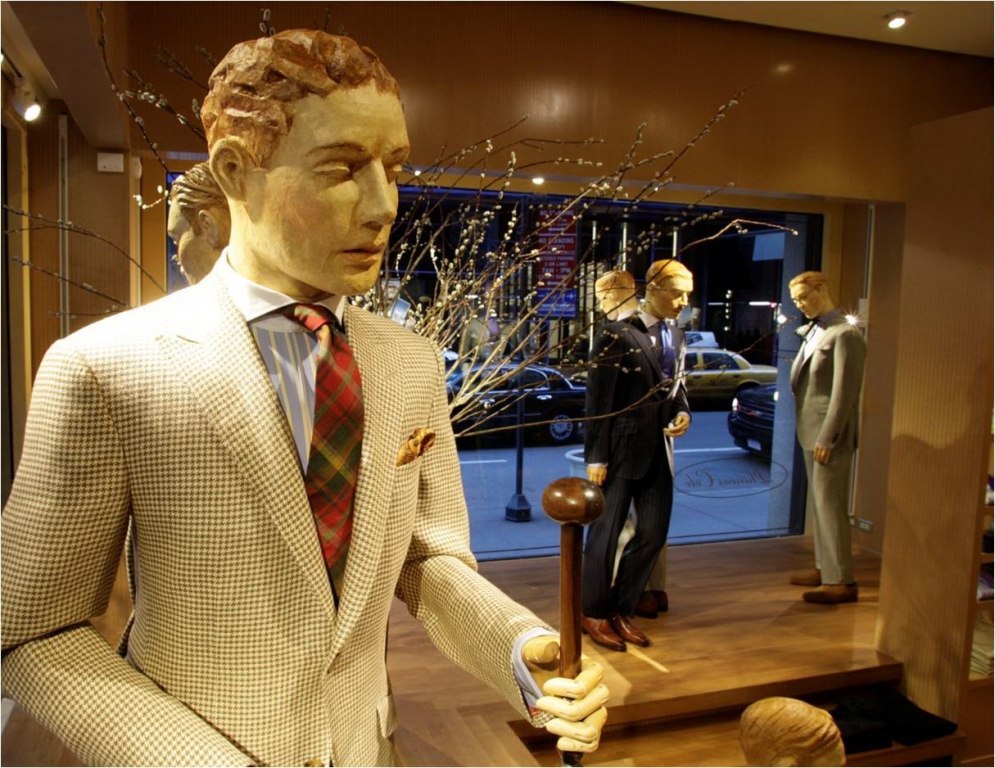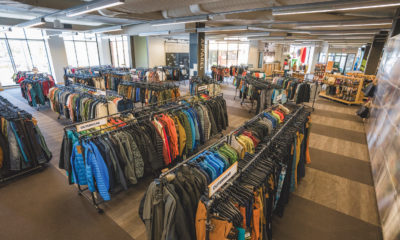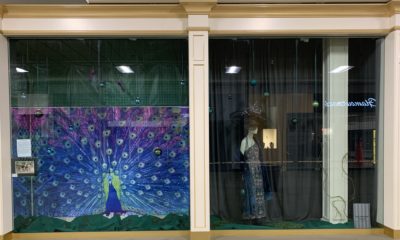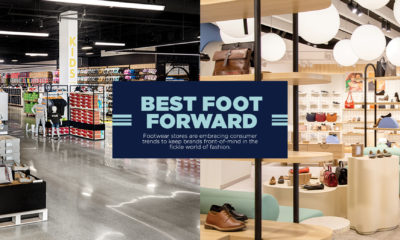In the days of the grand old department stores, mannequins silently sold the retailer’s goods. Whatever was put on them flew out the door.
Today, in a different economy and for a different consumer, mannequins are entrusted with selling something else: the retailer’s brand. As an integral component of the store’s identity, the mannequin is a vital tool of communication. It may not sell that evening gown on that particular day, but it will leave a memorable and recognizable impression in the mind’s eye of the consumer.
“Going forward, designers should use mannequins to project their own identity,” says Candy Pratts Price, an innovative visual merchandiser at Bloomingdale’s in the 1970s and ’80s, and now creative director of Style.com. “If the economy will allow, mannequins should be designed for each individual store.”
Differentiation is critical in today’s marketplace, with each retailer required to develop an image that sets it apart. Mannequins are key touch points of the brand image. Selecting the right one is essential, and leading fashion retailers have different approaches.
“Poses must not only complement the merchandise, but also project the brand,” says Ignaz Gorischek, vp of store development and visual planning for Neiman Marcus. “We always look for soft and subtle poses that allow the fashion to hang naturally. We don’t want poses with a great deal of movement that will stop the eye and distract from the clothing.
“Mannequins should also be engaging,” says Gorischek. “When a shopper walks through an area, another presence makes her feel that she’s not alone. She sees another body and she wants to be there – and to look like that.”
Neiman Marcus uses realistic mannequins in the windows only, while abstracts fill the sales floor. “A well-designed abstract provides a simple elegance that is synonymous with Neiman Marcus,” Gorischek says.
At Saks Fifth Avenue, mannequins do more than sell; they teach. “They show the customer how to accessorize and put pieces together,” says William Herbst, senior vp, construction, design, planning and visual. “They validate a look and the nuances of a particular style. This is timely, because we’re now mixing brands on the selling floor more than ever.” To highlight this mixed-merchandising trend, Saks has been combining mannequins with forms, in presentations as eclectic as the merchandise offerings themselves.
Herbst also uses a different mannequin for each department. “They’re the easiest way to differentiate a family of business,” he says.
Saks recently added large groupings of mannequins across its 53 stores. “Twenty-five in an area have a much greater impact than five,” says Herbst. “But with limited staff and little luxury of time, the mannequins we use have become more abstract and simple. We create animation by moving them around the department and positioning them at customer level. They’re fun; people hang out with them. The individual stores always ask us for more.”
At Bloomingdale’s, too – where the fashion offering is diverse – different types of mannequins are used to distinguish different departments. “We’re one of the few that reserves realistic mannequins for collection sportswear,” says Jack Hruska, executive vp, creative services. “We use abstracts with heads for contemporary sportswear and abstracts with colored heads for children’s. Secondary presentation points use headless mannequins, and select areas use standing forms or just body parts. But in general, clothes simply look their best on some sort of representation of the human form.”
The Macy’s brand is gearing itself toward a younger demographic. “The shopper has had enough of the recession,” says Paul Olszewski, director of windows for Macy’s Herald Square, who looks for poses that are dramatic – mannequins as art – without distracting from the merchandise. “They’re part of the propping,” Olszewski says. “Sculptural features should be more varied, not just egg heads.”
He says he’d like abstraction to reach another level. “We look for interesting finishes that are sleek and modern.” Macy’s added nearly a hundred mannequins to Herald Square for its “Come Together” promotion last fall, using large groupings in interactive poses to suggest youthful enthusiasm. “They changed the entire feel of the store by creating impact and main floor presence,” says Olszewski. “They’re not just selling clothes; they help define the Macy’s brand.”
Paul Stuart is another fashion retailer seeking drama from its mannequins. Creative consultant Tom Beebe says he envisions a return of theater to the retail stage, featuring mannequins in starring roles. “Lady Gaga has created quite a storm – she’s a walking window, razzle-dazzle,” he says. “And people want razzle-dazzle, especially now.”
Beebe recently added a grouping of men’s mannequins with papier-mâché heads to the corner windows at the New York flagship store on Madison Avenue. He considers the grouping an art installation in keeping with Paul Stuart’s heritage. Beebe’s inspirations were archival Paul Stuart ads and the illustrations of J.C. Leyendecker, both of which project that feeling of a venerable, upscale men’s boutique. “The heads were made by a New York City theater group in four days; back to the craft of display. We knew once we added lighting, they would come to life.”
Image and excitement must be part of every retailer’s arsenal if it is going to maintain its place in an increasingly digital world. “There is a great deal of visual stimuli on everyone’s mobile device,” says Price. “Stores should gear up for new technologies and have fun.”
Bloomingdale’s Hruska agrees that modern technology provides opportunities. “While the Internet is lively, it’s filled with static photographic images,” he says. “One click brings a vibrant fashion show filled with movement but without dimension. But if the next wave of mannequins is exciting and animated, it will provide the all-important three dimensions and animation to the selling floor.”


 Photo Gallery3 days ago
Photo Gallery3 days ago
 Headlines1 week ago
Headlines1 week ago
 Sector Spotlight2 weeks ago
Sector Spotlight2 weeks ago
 Headlines1 week ago
Headlines1 week ago
 Headlines4 days ago
Headlines4 days ago
 Headlines2 weeks ago
Headlines2 weeks ago
 Designer Dozen1 week ago
Designer Dozen1 week ago
 Headlines3 days ago
Headlines3 days ago













